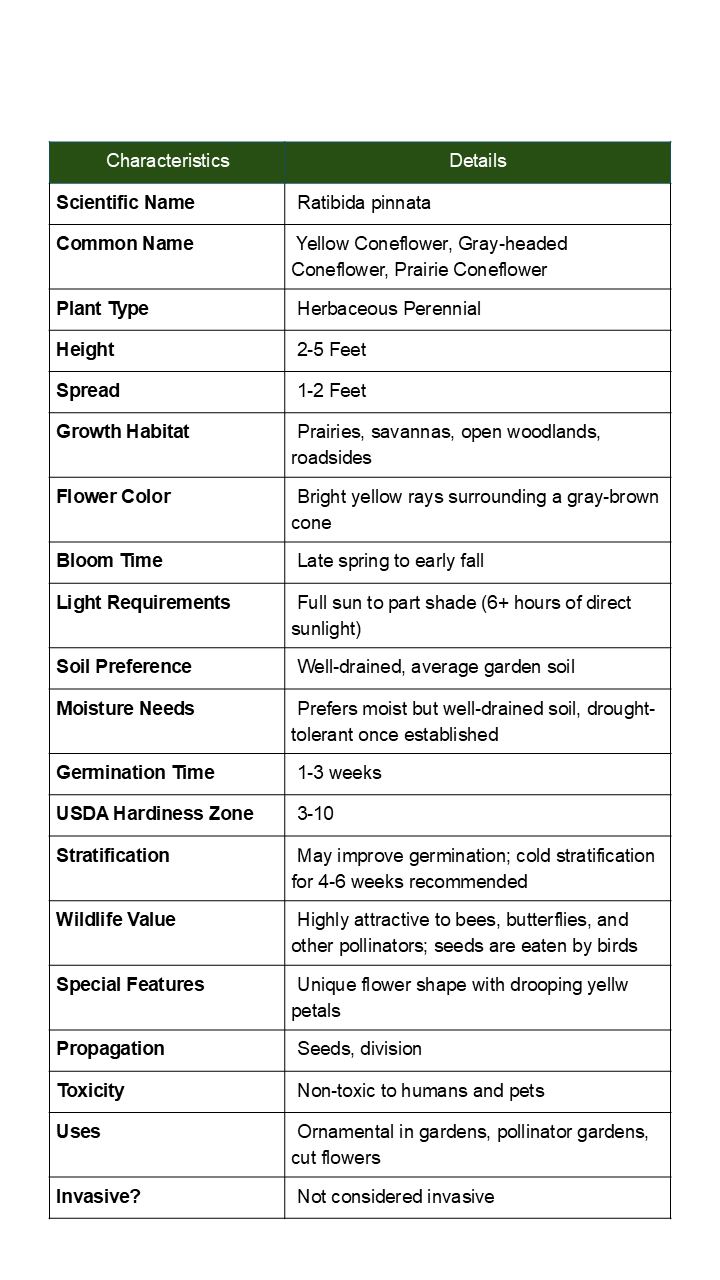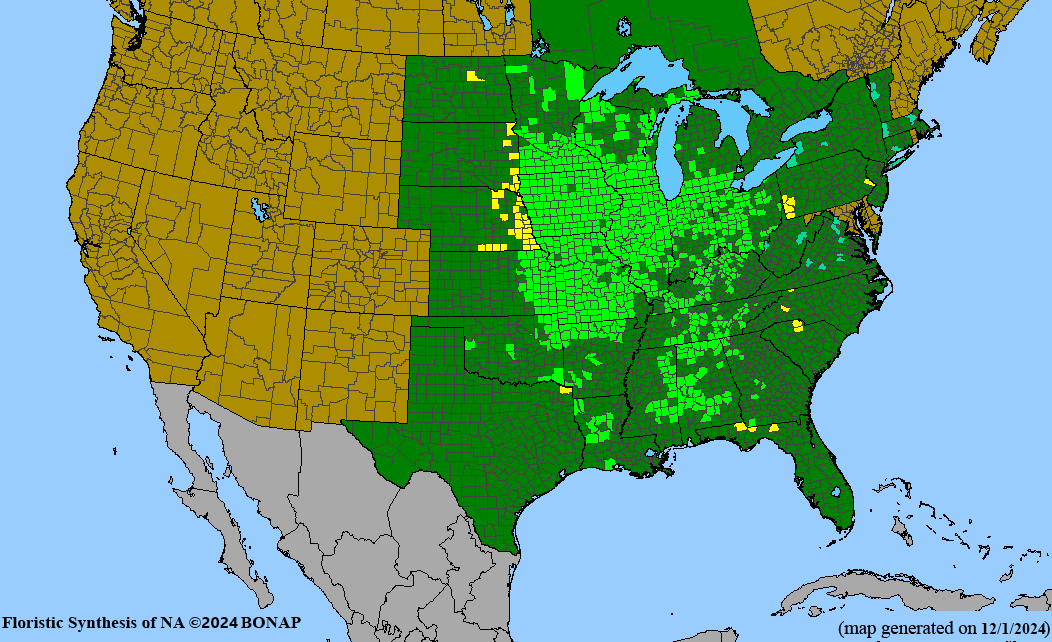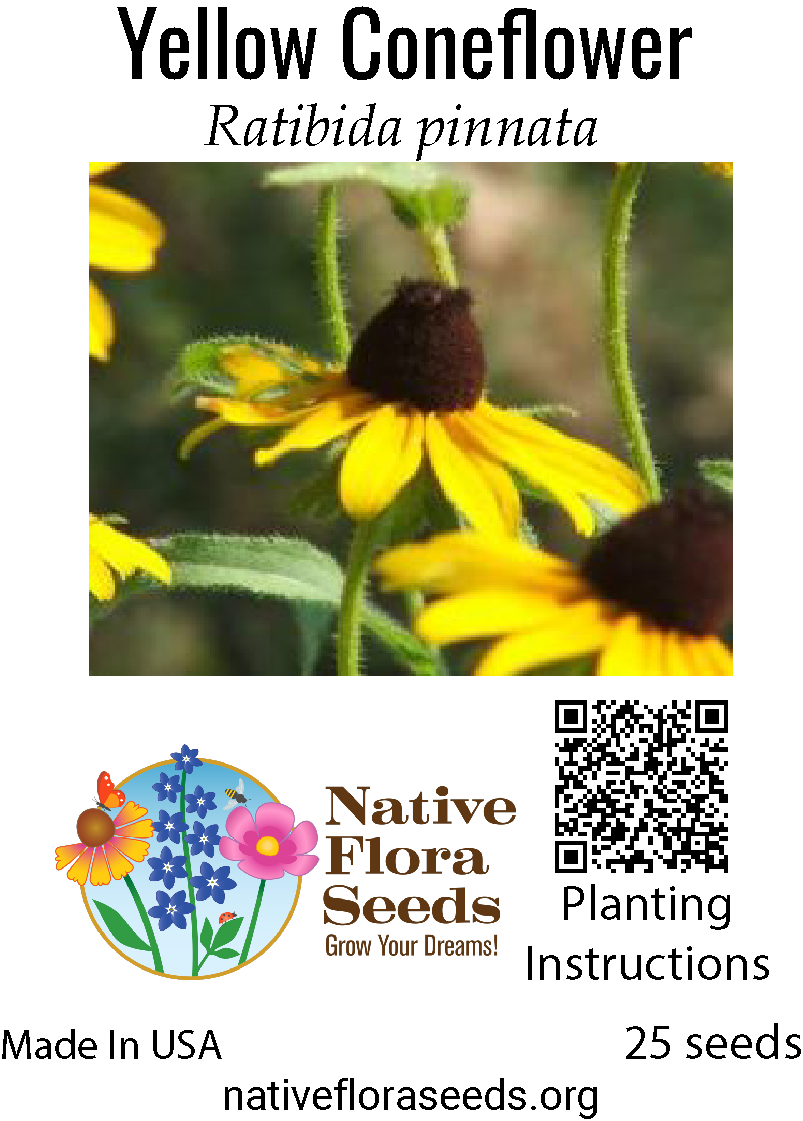Yellow Coneflower Seeds - Native Ratibida Pinnata | Prairie Wildflower for Pollinator Gardens
Brilliant Native Yellow Coneflower - Prairie Sunshine
Ratibida pinnata, commonly known as Yellow Coneflower or Grey-headed Coneflower, is a spectacular native perennial that brings vibrant golden-yellow blooms and distinctive architectural interest to your garden. This hardy prairie wildflower produces masses of bright yellow daisy-like flowers with prominent dark brown cone centers from mid-summer through fall, creating stunning displays that attract butterflies, bees, and goldfinches who love the abundant seeds.
Outstanding Features:
- Extended Blooming: Flowers continuously from July through October
- Drought Champion: Deep taproot makes it extremely drought tolerant once established
- Wildlife Magnet: Attracts butterflies, bees, and seed-eating birds
- Prairie Authentic: Essential component of authentic prairie ecosystems
- Self-Seeding: Readily naturalizes for years of golden displays
Growing Information:
Height: 3-5 feet | Spread: 1-2 feet | Sun: Full sun to partial shade | Soil: Well-draining, adaptable to poor soils | Zones: 3-9
Planting Guide: Direct sow in fall or cold stratify seeds for 30 days before spring planting. Seeds need light to germinate - barely cover with soil. Thrives in poor soils and becomes more drought tolerant over time.
Create a stunning prairie garden centerpiece while supporting declining pollinator and bird populations with this magnificent native that embodies the golden beauty of North American grasslands.



